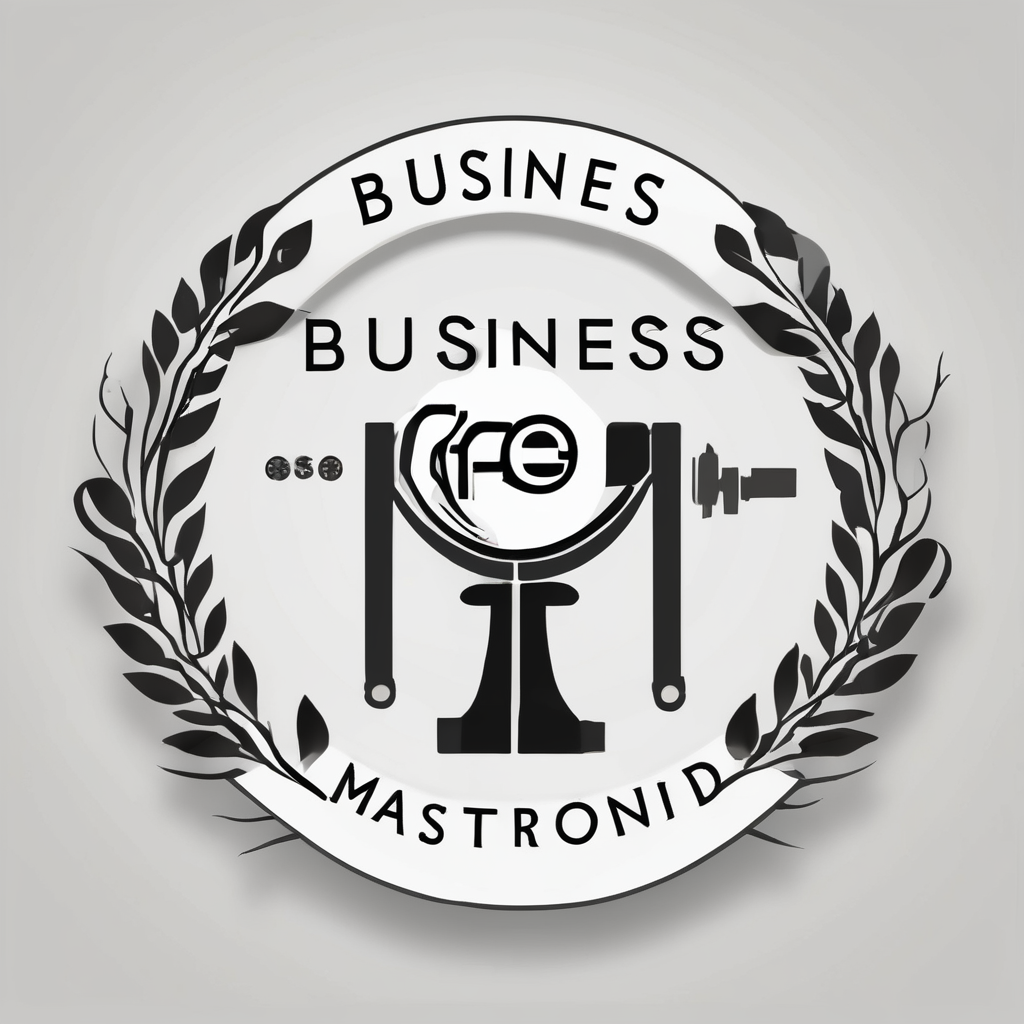Top Strategies for UK Manufacturers to Cut Carbon Emissions Effectively
As the UK strives to achieve its ambitious net zero targets by 2050, the manufacturing sector plays a crucial role in reducing carbon emissions. Here are some top strategies that UK manufacturers can implement to cut their carbon footprint effectively.
Reducing Demand and Recycling Critical Materials
One of the most effective ways to reduce carbon emissions is by addressing the demand and reuse of critical materials. A report by the National Engineering Policy Centre, led by the Royal Academy of Engineering, highlights the importance of developing an integrated materials strategy to support the UK’s Net Zero Strategy.
Also read : Eco-conscious food packaging: your comprehensive guide to sustainable solutions in the uk
Critical Materials and Their Impact
Critical materials such as lithium, magnesium, indium, cobalt, and rare earth elements like neodymium and praseodymium are essential for various technologies, including electric vehicle batteries and renewable energy systems. However, these materials are often found in low concentrations, requiring the extraction of vast quantities of rock or water, which is environmentally detrimental.
Strategies for Reduction
- Reduce Battery Size: Reducing the size of electric vehicle batteries by a third could cut the UK’s lithium requirement by 17%, saving 75 million tonnes of rock mined for lithium by 2040. This is equivalent to 19 Wembley Stadiums full of rock.
- Improve Recycling: Investing in more recycling facilities for machinery like wind turbines and batteries can help retrieve valuable minerals at the end of their life. This not only reduces the need for new material extraction but also minimizes electronic waste.
- Design for Sustainability: Encouraging design that reduces material demand and promotes reuse can significantly lower the overall material footprint. For instance, designing new infrastructure to be disassembled and reused or recycled can reduce long-term dependencies on scarce resources.
Professor Joan Cordiner FREng FRSE FIChemE, Chair of the National Engineering Policy Centre Working Group on Materials and Net Zero, emphasizes: “The way we extract and consume materials is unsustainable and we must address it urgently. Our report highlights the rising demand for critical materials, driven in part by their use in batteries, power systems, and electronics.”
Also to discover : Developing sustainable waste management solutions for uk manufacturing facilities
Scaling Up Energy and Resource Efficiency
Energy and resource efficiency are key to cutting carbon emissions in the manufacturing sector.
Industrial Electrification
Electrification is a more efficient and widely accessible route to decarbonization compared to carbon capture and storage (CCS) and clean hydrogen. However, it faces challenges such as high electricity costs and connection delays.
- Government Support: The government can support industry by providing cheaper electricity and faster grid connections. This would make electrification a more appealing option for manufacturers, enabling them to switch from fossil fuels to cleaner energy sources.
- Examples in Action: Hepworth Brewery is a prime example of successful electrification. By using Honeywell’s low-GWP refrigerant in Futraheat industrial heat pumps, the brewery expects to reduce its energy use by up to 90% in the wort boiling process, significantly cutting its Scope 1 and 2 carbon emissions.
Clean Steel Production
Steel production is a significant source of carbon emissions, with over 70% of the world’s steel made using coal-powered blast furnaces. In the UK, the two remaining primary steelworks at Port Talbot and Scunthorpe are among the largest single point sources of industrial emissions.
- Alternative Technologies: Adopting new low-emission technologies such as hydrogen-based steelmaking can dramatically reduce emissions. Trials in countries like Germany, Sweden, and China have shown promising results, and the UK is encouraged to follow suit.
- Carbon Capture and Storage: Fitting carbon capture and storage infrastructure onto existing blast furnace sites can also reduce emissions significantly.
Promoting Low-Carbon Technologies and Renewable Energy
Investing in low-carbon technologies and renewable energy is crucial for reducing carbon emissions.
Renewable Energy Sources
The UK government’s “Invest 2035” industrial strategy emphasizes the importance of prioritizing renewable energy sources to drive economic growth and innovation. This includes investing in wind, solar, and other renewable energy technologies to reduce dependence on fossil fuels.
Carbon Capture and Storage
Carbon capture and storage (CCS) technologies are also vital for decarbonizing large industries. The UK government has identified clusters for CCS funding and awarded contracts to hydrogen production projects, which will help in reducing emissions from power stations and industrial plants.
Hydrogen Technology
Hydrogen technology is another promising area. The first UK ‘hydrogen allocation round’ awarded contracts to 11 hydrogen production projects, and further research is being supported to integrate hydrogen into various industrial processes, including steel production.
Improving Energy Efficiency and Reducing Waste
Improving energy efficiency and reducing waste are fundamental strategies for cutting carbon emissions.
Energy Efficiency Initiatives
Hepworth Brewery’s use of Honeywell’s Solstice refrigerant in Futraheat heat pumps is a compelling example of energy efficiency. This technology not only reduces energy consumption but also cuts operational costs and emissions. Similar initiatives can be scaled up across various industries to achieve significant reductions.
Reducing Electronic Waste
Electronic waste (e-waste) is a significant issue, with many valuable materials being disposed of in landfills. Encouraging the repair and recycling of electronics can help retrieve critical materials and reduce the demand for new, resource-intensive products. The UK government should recommit to banning single-use vapes and improve e-waste recycling facilities.
Regulatory Support and Public Consultation
Effective regulatory support and public consultation are essential for implementing these strategies.
Regulatory Innovation Office (RIO)
The UK government’s “Invest 2035” strategy includes setting up the Regulatory Innovation Office (RIO) to streamline regulations and support the development of emerging technologies. This office will help balance regulation and flexibility, ensuring that innovative solutions can be developed and deployed quickly.
Public Consultation
The government has opened a public consultation to gather input from businesses, industry leaders, and environmental organizations. This feedback will help refine the strategy’s environmental policies and ensure that the UK’s transition to a sustainable, net zero economy is well-planned and inclusive.
Practical Insights and Actionable Advice
Here are some practical insights and actionable advice for UK manufacturers:
Key Strategies for Reduction
- Electrify Processes: Switch to electric power where possible to reduce reliance on fossil fuels.
- Invest in Recycling: Develop robust recycling facilities to retrieve valuable materials from waste products.
- Design for Sustainability: Encourage design that reduces material demand and promotes reuse.
- Use Low-Carbon Technologies: Adopt technologies like hydrogen-based steelmaking and carbon capture and storage.
- Improve Energy Efficiency: Implement energy-efficient solutions such as low-GWP refrigerants and heat pumps.
Example of Hepworth Brewery
Hepworth Brewery’s initiative with Honeywell and Futraheat is a model for other businesses. By integrating low-GWP refrigerants into industrial heat pumps, the brewery has significantly reduced its energy use and emissions. This approach can be replicated in various industries to achieve similar results.
Government Initiatives
The UK government’s commitment to net zero and its various initiatives, such as the “Invest 2035” strategy, provide a robust framework for businesses to follow. Manufacturers should engage with these initiatives and participate in public consultations to ensure their voices are heard and their needs are addressed.
Cutting carbon emissions in the manufacturing sector is a complex but achievable goal. By reducing demand for critical materials, scaling up energy and resource efficiency, promoting low-carbon technologies, improving energy efficiency, and leveraging regulatory support, UK manufacturers can significantly reduce their carbon footprint.
As Professor Joan Cordiner notes, “We are not the only country that will be competing for these finite minerals, and we are calling on the new Government to develop a materials strategy that addresses demand and reuse of critical materials.”
By adopting these strategies and working collaboratively with the government and other stakeholders, the UK manufacturing sector can play a pivotal role in achieving the country’s net zero targets and contributing to a more sustainable future.
Detailed Bullet Point List: Key Strategies for UK Manufacturers
- Reduce Demand for Critical Materials:
- Reduce the size of electric vehicle batteries to lower lithium demand.
- Design products for sustainability and reuse.
- Implement recycling facilities for critical materials.
- Scale Up Energy and Resource Efficiency:
- Electrify industrial processes where possible.
- Support government initiatives for cheaper electricity and faster grid connections.
- Adopt energy-efficient technologies like low-GWP refrigerants.
- Promote Low-Carbon Technologies:
- Invest in renewable energy sources such as wind and solar.
- Adopt carbon capture and storage technologies.
- Use hydrogen technology in industrial processes.
- Improve Energy Efficiency and Reduce Waste:
- Implement energy-efficient solutions like heat pumps.
- Reduce electronic waste by improving repair and recycling facilities.
- Ban single-use vapes and other non-essential electronic products.
- Leverage Regulatory Support:
- Engage with the Regulatory Innovation Office (RIO) to streamline regulations.
- Participate in public consultations to refine environmental policies.
- Support government initiatives like the “Invest 2035” strategy.
Comprehensive Table: Emissions Reduction Strategies
| Strategy | Description | Expected Impact | Examples |
|---|---|---|---|
| Reduce Demand for Critical Materials | Reduce battery size, design for sustainability | Lower lithium demand by 17% | Electric vehicle battery reduction |
| Scale Up Energy and Resource Efficiency | Electrify processes, support cheaper electricity | Reduce energy consumption by up to 90% | Hepworth Brewery’s heat pump initiative |
| Promote Low-Carbon Technologies | Invest in renewable energy, adopt CCS and hydrogen | Significant reduction in greenhouse gas emissions | UK’s “Invest 2035” strategy, hydrogen allocation round |
| Improve Energy Efficiency and Reduce Waste | Implement energy-efficient solutions, reduce e-waste | Reduce Scope 1 and 2 emissions, lower operational costs | Hepworth Brewery’s use of low-GWP refrigerants |
| Leverage Regulatory Support | Engage with RIO, participate in public consultations | Streamline regulations, refine environmental policies | UK government’s “Invest 2035” strategy, public consultation |
By implementing these strategies, UK manufacturers can not only reduce their carbon footprint but also contribute to a more sustainable and environmentally friendly future.











